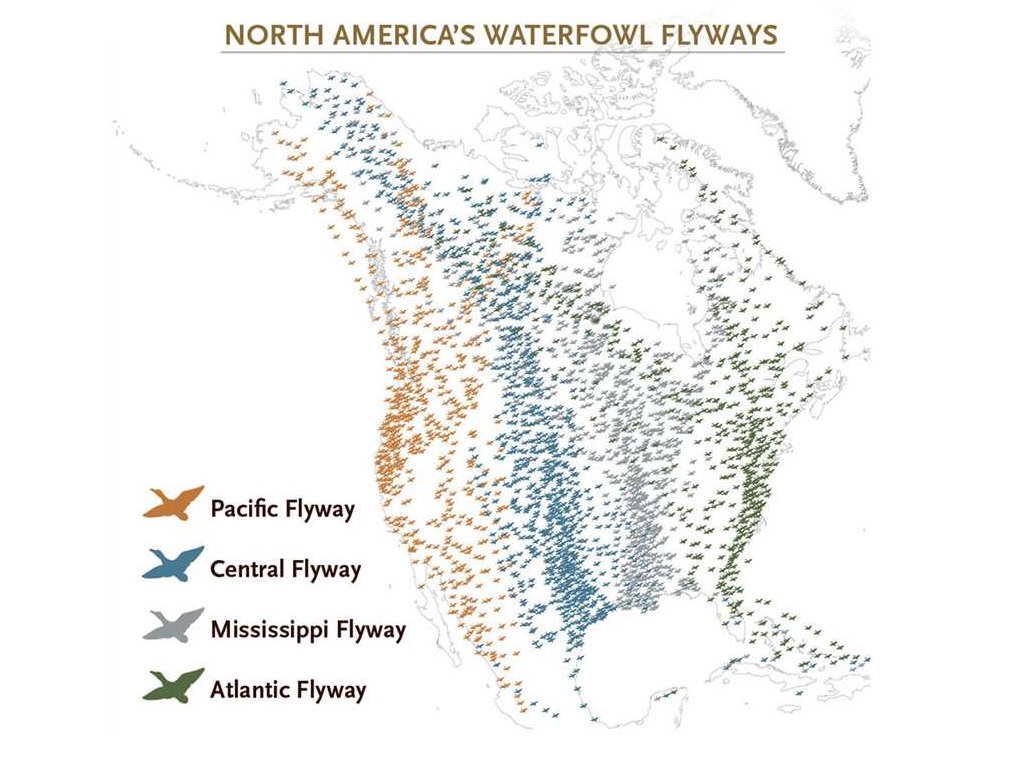


 Français
Français


The current avian influenza (AI) outbreak is the largest ever seen in Canada and the toll it has taken on both birds and people is immense. In every affected province, farmers and industry staff have stepped up to manage the disease response – adding this work to their already full ‘day jobs.’ The dedication and efforts of all involved has been remarkable, appreciated, and paramount to keeping the entire Canadian poultry sector functioning.
This can be a very stressful time for everyone in the sector, whether or not avian influenza is present on your farm or in your region. There are several resources available for mental health support. It’s important to take care of your health and to access the appropriate resources as needed.
AI is known to spread in wild birds mainly along the wildfowl migration flyways, and the virus appears to be spreading more efficiently via migratory birds than ever. By travelling across the wildfowl flyways, AI has spread across the globe.
Biosecurity is the Best Defense
The best defense against AI and other pathogens, as always, is good biosecurity:
Clinical Signs of Avian Influenza (AI)
Avian influenza (AI) is a contagious viral infection that can affect several species of poultry, such as chicken and turkey, as well as pets and wild birds. AI viruses can be classified into two categories – low pathogenic (LPAI) and high pathogenic (HPAI) – based on the severity of the illness caused in poultry. HPAI viruses typically cause severe illness and mortality, whereas LPAI viruses typically cause little or no clinical signs. Most AI viruses are low pathogenic; however, some subtypes are capable of becoming highly pathogenic1.
Birds affected with AI show a variety of clinical signs that may involve the respiratory, digestive, reproductive, or nervous systems.
Clinical signs of LPAI are typically mild and include:
Clinical signs of HPAI include:
Producers must be aware of the health status of their flocks and should consult their veterinarian upon any abnormal activity, clinical signs, or other concerns.
If you would like more information about what to do if you suspect AI on your farm and how it will be handled, please refer to this page: A guide to events and protocols when Avian Influenza is detected
North America’s Waterfowl Flyways
There is evidence that the north-south migration of birds in North America within these geographically-based flyways plays an important role in shaping the genetic structure of populations of avian influenza viruses2. These flyways overlap and also allow the transmission of AI across North America.
The transmission of AI from wild birds to commercial flocks is a reminder for producers to be extra-vigilant during migratory seasons.

Image from Ducks Unlimited. www.ducks.org.
AI is not a food safety risk
There is no evidence to suggest that the avian influenza virus can be transmitted to humans through the consumption of food, notably poultry and eggs3,4. Follow the usual precautions when handling or eating poultry products: Wash hands and surfaces often, keep raw poultry separate from everything else, cook to a safe internal temperature, and chill leftovers within two hours.
Links to other useful resources:
Inventory of AI cases in Canada
CFIA’s AI Hazard Specific Plan
Steps to take if you suspect an infectious disease in your flock
Canadian Wildlife Health Cooperative world news reports and wild bird surveillance data
Weekly avian influenza updates from the World Health Organisation
References